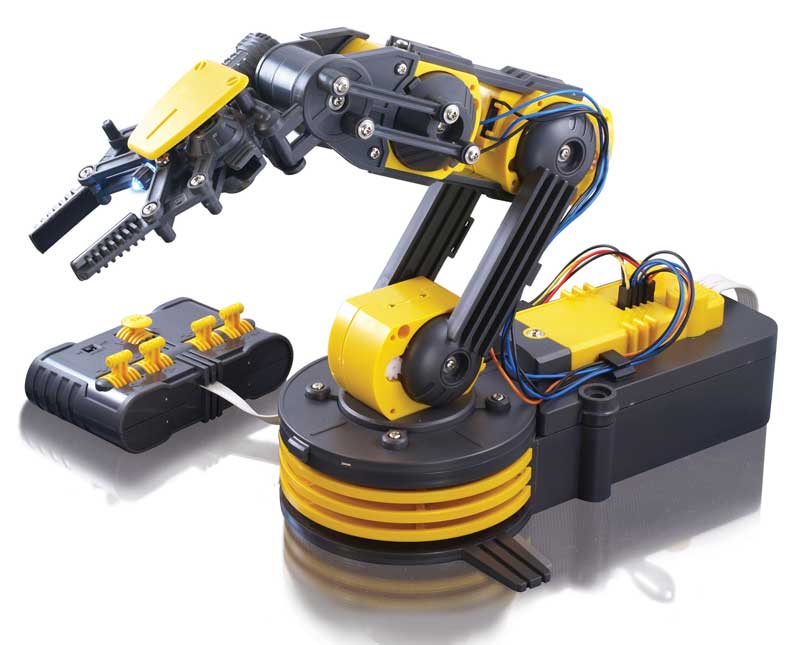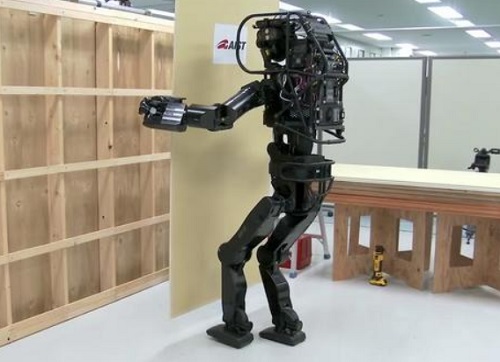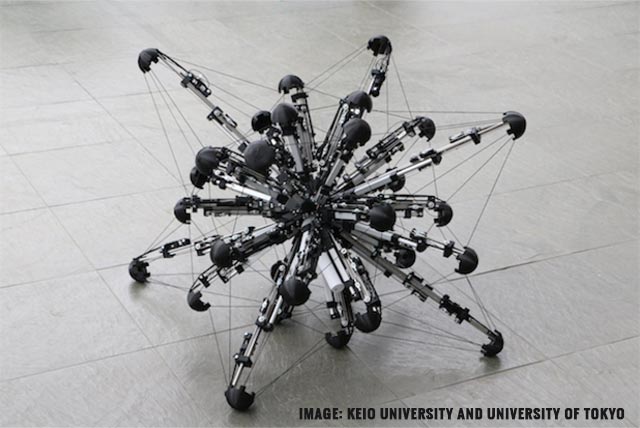Robots and humans working harmoniously together? FedEx executives say that automation will not affect employment
05/10/2018 / By David Williams

Could it be possible to have robots in the workplace that don’t affect the jobs of actual humans that are also in it? Delivery services company FedEx seems to think so, and now it’s about to go all-out on this particular idea. This is based on information contained in an official announcement, as well as some online reports that cover the firm’s current autonomous robot-related projects that are said to be scheduled for expansion.
It is said that FedEx successfully wrapped up a trial of automated “tuggers” in one of their U.S. shipping hubs, and now it’s considering adding even more robots as part of its workforce as a result. To be more specific, the company’s North Carolina shipping hub – the Kernersville facility – was where the trial of five robots named Dusty, El Guapo, Jefe, Lucky, and Ned took place. All five of them used digital maps and a number of sensors to make their way around, and judging by the success of their trials, it appears that their technology works just fine.
According to Galen Steele, the FedEx senior manager who is in charge of the depot, it’s clear that there is room for both robots and humans in the workplace after all. “I understand people thinking this will take their jobs,” he said. “But over time, they realize that is not the case at all.” (Related: Study: Robots could soon replace most government workers.)
Helping, not taking over…yet
The autonomous robots, which were designed to take over the jobs of human tuggers, have an official name: Robotic Tugger RT4500. They were built by a Massachusetts-based robotics company called Vecna Technologies, which became part of FedEx last year. Over time, they are expected to replace around 25 jobs in total, which is a small fraction of the total number of employees in the facility — there are 1,300 people in it at the moment, and 100 new positions are said to be created every year.
The autonomous tuggers are described as being “built to maximize productivity by automating point-to-point transport” of large payloads with the use of flatbed carts or trains of carts. Vecna uses an OEM tugger equipped with its own proprietary autonomy package, which seems to work just fine for FedEx’s needs so far. If it can take care of the work of one huge delivery service’s company in one of its biggest facilities, then you can be sure that it would work for other companies as well.
The use of these types of robots is fairly smart on the company’s part, considering that more and more people are now using online shopping over going to actual stores, and they need to deal with large, irregular items more often that take a lot of work to handle. Non-robotic tuggers currently exist and are driven by actual human drivers, but if the autonomous ones become standard, then they would only be required to pack the items to be transported instead.
Just like most other autonomous robots, robotic tuggers have simple mechanisms for operation. After a single button press, they can go on their way and navigate locations through the use of laser-based sensors, built-in cameras, and other navigation tools that are designed to help them “see” the environment and avoid obstacles.
It may be a while before these tuggers and other kinds of robots do fully replace humans, but it’s clear that it will only be a matter of time. FedEx has the right idea in simply integrating them with the jobs of their current workers, but it will be interesting to see what really happens down the line.
Learn more about the robot takeover in Robots.news.
Sources include:
Tagged Under: autonomous tugger, delivery services, factory, factory robots, Fedex, robots, tuggers




















